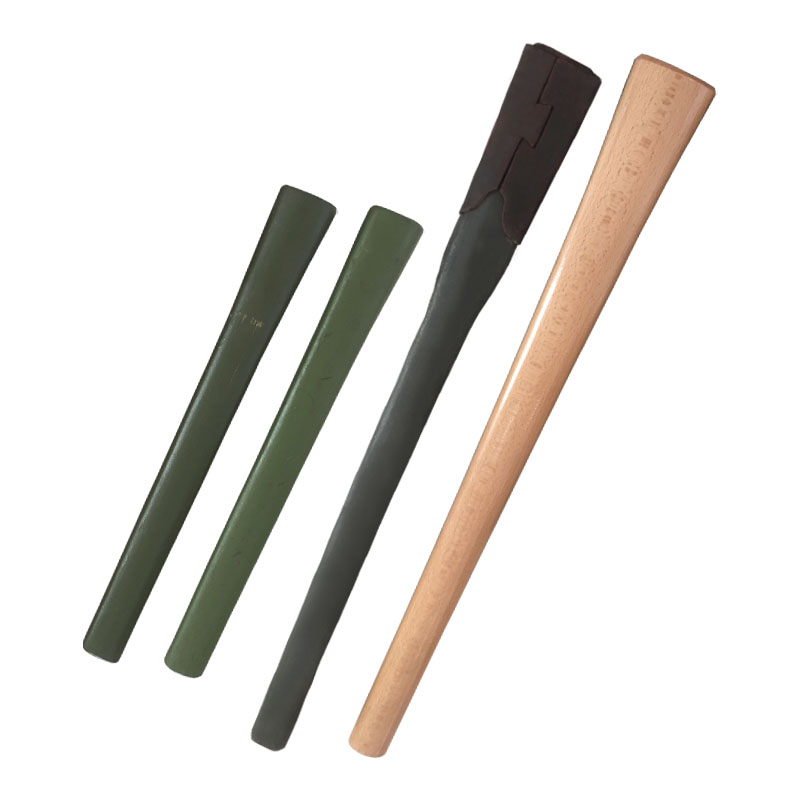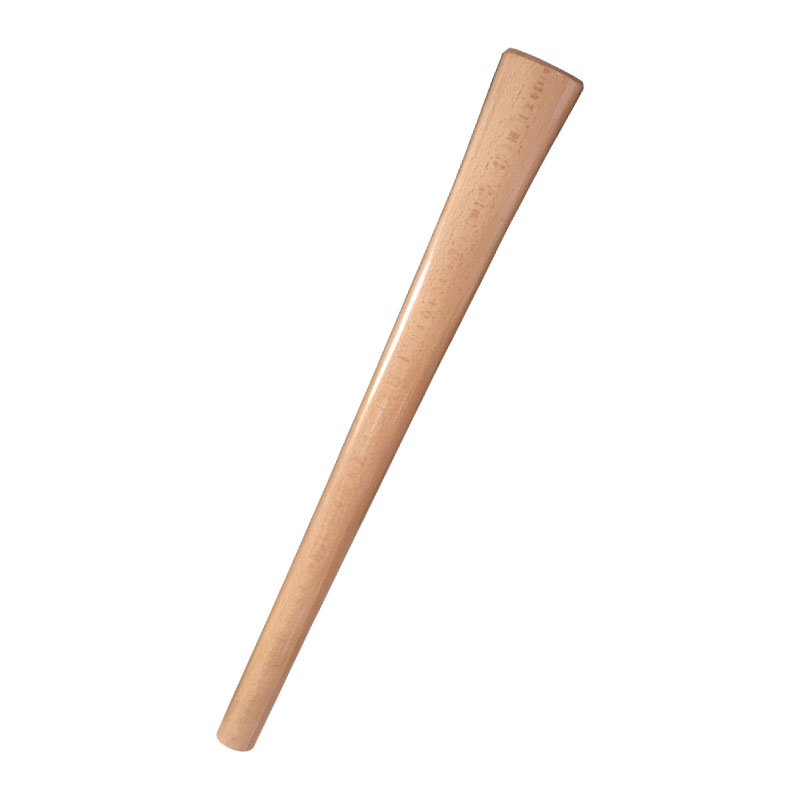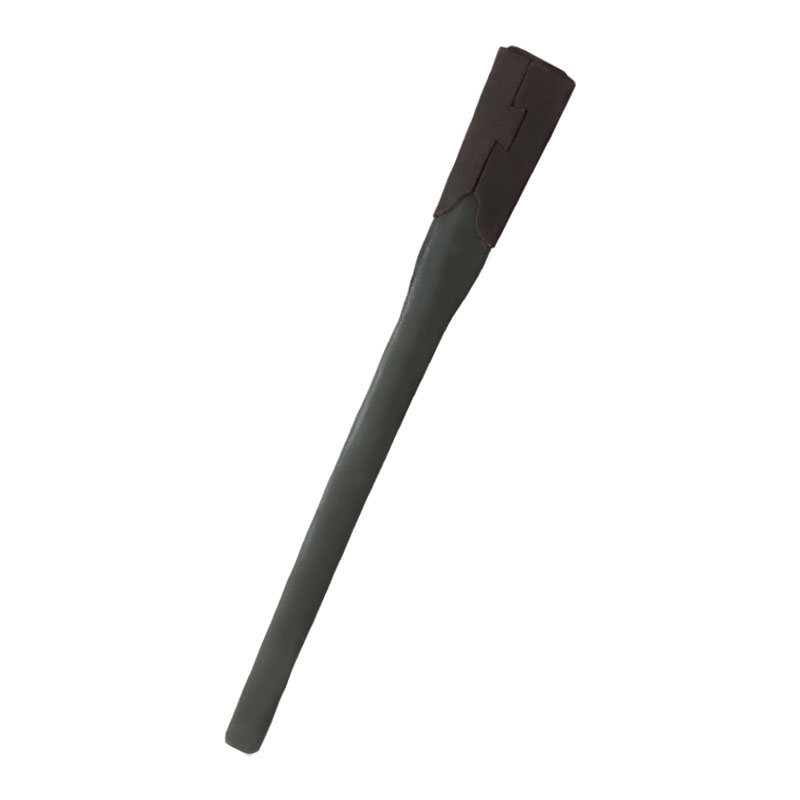News
1. Understanding the Role of a Pick Axe Handle in African Farm and Construction Work
In many regions across Africa, the pick axe remains one of the most indispensable hand tools for both agricultural and construction use. At the heart of its functionality is the pick axe handle, which serves as the vital connection between human effort and tool performance. Choosing the right handle is essential, especially for tasks involving rocky terrain, dry compacted soils, or breaking concrete blocks.
In East Africa, for instance, farmers clearing fields or preparing planting ridges often rely on long-handled pick axes made of hardwood to withstand repeated impact. In contrast, urban construction workers in countries like Nigeria or Ghana may prefer fiberglass options due to their resistance to heat, moisture, and cracking during high-intensity work. Regardless of region, the choice of handle material, length, and shape can significantly influence user comfort and output efficiency.
Traditional wooden handles made from hickory, eucalyptus, or acacia are still widely used due to their natural shock absorption and availability. However, fiberglass and composite options are gaining popularity for their durability and reduced breakage rate, especially in areas where replacements are harder to source.
A good pick axe handle must be ergonomically designed, fit tightly into the pick axe head, and offer a secure grip even during sweaty or dusty working conditions. In environments where tools are often shared across labor crews or family farms, having a universal fit or standardized dimensions can also enhance long-term usability.
For African professionals working the land or engaging in infrastructure development, understanding these variables is key to reducing injuries, improving productivity, and maximizing tool value. The right handle doesn’t just extend the life of the pick axe—it also protects the user from fatigue and strain.

A replacement pick axe handle is more than just a spare part—it’s a critical upgrade for workers who rely on strong, consistent tools to perform in rugged outdoor conditions. Whether you're farming in Uganda’s red clay soils or building roads in South Sudan, a subpar handle can lead to downtime, user injury, and increased operational costs.
One of the first signs that a handle needs replacing is visible cracking, warping, or splintering—especially near the joint where the pick axe head meets the shaft. Loose or wobbly connections are also common signs that the structural integrity of the tool has been compromised. African climates, with their high temperatures and seasonal rains, can rapidly degrade untreated or low-quality wooden handles.
When choosing a replacement, prioritize materials that withstand the local conditions. Fiberglass replacement pick axe handles are highly resistant to UV rays, moisture, and extreme temperatures. They are also less prone to insect damage compared to wooden variants. For traditionalists or those with specific working preferences, kiln-dried hardwood remains a solid choice, especially when pressure-treated for durability.
Beyond material, the shape and length of the handle matter. Many African laborers prefer long handles for deeper swings and better leverage. Others prioritize shorter versions for close-up digging in confined spaces. Ensure the handle includes a secure wedge or pin system to lock the head in place and minimize vibration during impact.
Finally, it’s important to buy from a trusted supplier who understands the specific challenges of African work environments. A high-quality replacement pick axe handle should not just fit well—it should outperform the original and offer measurable benefits over time.

At our factory, we specialize in manufacturing handle for pick axe products that are purpose-built for the challenges of African outdoor labor. With years of experience exporting to African countries like Kenya, Tanzania, Nigeria, and Cameroon, we understand the practical demands of farming, mining, and construction professionals on the continent.
Our product range includes hardwood handles made from carefully selected timber such as eucalyptus, beech, and ash—each treated for anti-rot, anti-termite, and high-impact resistance. These are ideal for traditional tool users seeking a familiar, yet high-performance solution. In addition, we offer advanced fiberglass handles reinforced with polymer cores, designed for users operating in extremely rugged environments or wet weather conditions.
What makes our handle for pick axe options stand out is the blend of ergonomic design and industrial-grade durability. We manufacture handles in multiple lengths (36", 42", 48"), customized to customer needs. The heads are machine-fitted and undergo strict quality inspections to ensure minimal rejection rates during on-site use.
We offer OEM services with custom branding, color finishes, and packaging to support distributors and wholesalers across Africa. For large-volume buyers, we provide fast production turnaround, container loading optimization, and documentation support for seamless cross-border shipments. Whether you are supplying rural hardware stores in Zambia or sourcing tools for large-scale agricultural cooperatives in Ethiopia, our factory has the capability and experience to meet your demands.
Choosing our handle pick axe tool means choosing a reliable, factory-direct solution—one that empowers African workers with tools built to last.

Extending the service life of your pick axe handle not only saves money but also ensures safety and consistent performance. In Africa’s diverse working environments, proper maintenance habits can significantly reduce the frequency of replacements and boost worker efficiency.
For wooden handles, routine inspection is crucial. Look for cracks, soft spots, or insect infestation—especially in areas where termites are prevalent. Apply linseed oil or a light wood preservative monthly to keep the handle moisturized and protected from splitting. Avoid soaking the handle in water or leaving it under the sun for prolonged periods, as both conditions can weaken the wood fibers.
For fiberglass or composite handles, surface care is minimal, but the head connection must be regularly checked. Dirt or sand particles can work their way into the joint, causing gradual loosening. Clean the joint area with a damp cloth after use, and store the tool in a dry, shaded place.
Always store your pick axe price hanging vertically or lying flat—never leaning it against a wall on its tip, which can lead to warping or bending over time. During the rainy season, keeping the handle dry and well-aired will help avoid fungal buildup or swelling.
If your handle for pick axe comes with rubberized grips or protective sleeves, inspect them regularly for wear. Replacing these small components can enhance grip safety and reduce hand fatigue.
In professional settings where multiple workers share tools, implementing a weekly inspection routine can prevent injuries caused by unnoticed defects. Whether you're a farm manager in Rwanda or a site supervisor in Côte d’Ivoire, preventive care is the key to long-term reliability.
About us:
Dingzhou Gemlight Cutting Tools Co., Ltd.,With a solid foundation since 1990, Gemlight machete is a trusted name in the field of cane machete manufacturing. We focus on R&D, design and production to produce high quality wholesale china machete and shovel,hoe,pickaxe,sickle,farm tools.
Gemlight Machete factory Based in Baoding, Hebei, China, we benefit from efficient logistics and fast delivery. Our products have been well received in more than 50 countries, thanks to our commitment to customer satisfaction

 Sitemap
Sitemap